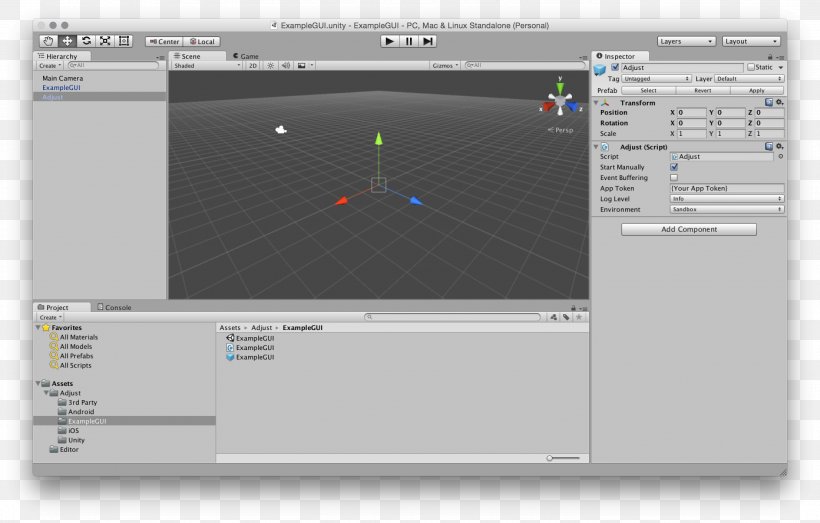We needed some marker tracking for some internal projects, thus we created lightweight ARToolkit Plus Unity Plugins. We decided to make them publicly available through our website, such that everybody can use it for free.
Graz University of Technology and affeliates wrote ARToolkit Plus as a software library around 2005. Since then it has always served as a reference for many other marker tracking solution for mobile devices. This also includes the famous Studierstube Tracker and the ARToolkit framework. We believe it is still one of the most performant software libraries, despite a few flaws in it’s implementation.

Artoolkit Unity

Artoolkit Unity 2019
Open Unity and click File/New Project; Dialog-Box asking for Project Name, Location will open up. Write Project Name and set the location where you want to store your project and then click 'Create Project' Uncompress Artoolkit library that you have downloaded and store it somewhere in your PC. Now, lets import Artoolkit library in Unity. ARToolKit Vision Algorithm (principle, calibration, normalization cost, inverse position accuracy) ARToolKit Benchmark (performance, tested camera) Modify/Extend ARToolKit: brief design guidelines (soon).
Artoolkit Unity3d
Download brain boxes port devices driver. ARToolkit Plus went out of maintenance some time ago and was released under GPL. We forked Pavel Rojtberg’s fix to ARTK Plus repository as the starting point and added the respective wrapper functions for Unity. The plugins separate into a desktop version for OSX and Windows, which includes a demo scene and required scripts. As with the VIZARIO.Find plugins, the mobile version for Android and iOS goes on top of the desktop version.
The initial plugins do not contain all the possible parameter and option settings available through Unity. However, it should be fairly obvious to improve on this and add additional parametrization options on request. We use the plugin mainly for initialization purposes on Hololens projects right now. Centrance driver download. The marker detection and tracking algorithm runs in under 2 ms on a 2 Megapixel image on a single core Macbook Pro Late 2015. That is actually very fast, although we suggest to use images of 720p at max. We did not thoroughly test image resolutions above.
